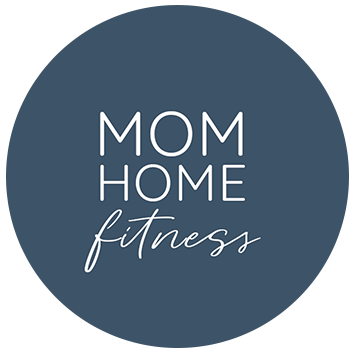

Embracing Your Postpartum Body: A Journey of Self-Love
When you approach fitness with a mindset of self-love, you’re more likely to set realistic goals, enjoy the process, and stay motivated. This approach can help you appreciate the changes in your body while working toward improved strength and health, making your fitness journey so much more rewarding and sustainable.

Pelvic Position in Exercise
Working out in optimal alignment not only enhances the effectiveness of exercises but also prevents muscle imbalances that can lead to injuries. In this post, we'll explore the significance of maintaining good posture and pelvic alignment during workouts and provide practical tips to address and correct imbalances.

Postpartum Fitness Kickstart for the New Year!
Relearning or possibly learning how to establish proper breathing and posture for the first time, is one of the best things you can do for your body when you are newly postpartum.

Restoring Balance: Correcting Core and Pelvic Floor Muscle Imbalances
As a postpartum corrective exercise personal trainer, I understand the unique challenges that come with rebuilding strength after childbirth. By incorporating targeted exercises and fostering a mind-body connection, you can effectively correct muscle imbalances in the core and pelvic floor.

Understanding Tight Hip Flexors: A Guide to Relief
The adjustments of good posture are vital in reducing the strain on the hip flexors, encouraging proper breathing patterns, relieving incontinence, healing prolapse, and helping to close or strengthen a diastasis recti.

When to Consult a Specialist for Corrective Exercise and Pelvic Floor Health
Postpartum corrective exercise is a transformative approach for mothers seeking to regain their physical strength and well-being after childbirth. One of its significant benefits is its efficacy in addressing issues such as diastasis recti, pelvic organ prolapse, and bladder function.

The Power of Hypopressives: A Holistic Approach to Pelvic Floor Health and Prolapse
Hypopressive exercises, or hypopressives for short, are a series of breathing and postural exercises designed to reduce intra-abdominal pressure and strengthen deep pelvic floor and core muscles.

A Guide to Postpartum Fitness for Moms Over 40
The body needs time to heal and adjust to the changes that have occurred during pregnancy, and it can be difficult to find the motivation to get back to any kind of movement. However, regaining postpartum fitness and function is achievable with the right guidance.

Dynamic Neuromuscular Stabilization (DNS) and Postpartum Recovery
Postpartum recovery is a unique period that comes with a wide range of physical changes. DNS can be an effective tool in helping women journey through this phase, promoting recovery, and regaining their strength and functional movement.

Understanding Symphysis Pubis Dysfunction: Causes and Treatment
In this blog post, we'll delve into the causes of PSD, how it can affect you, and explore various treatment options to help you regain your strength and mobility.

The Hidden Power of Proper Tongue Placement
Proper tongue placement involves positioning the tongue firmly but gently along the entire upper palate, which is the roof of the mouth. This goes beyond the common notion of the tongue being behind the front teeth. When we achieve this optimal tongue posture, several remarkable benefits become apparent.

Diastasis Recti: What it is and Treatment Options
We may not know what it is, but we know that something doesn’t look right about our ab muscles. That doming or tenting down the middle - that didn’t used to be there, did it? It's time to take action and figure out what's going on.

The Importance of Posture in Postpartum
We tend to underestimate the importance of good posture. When we are in poor posture we are over stretching some muscles and over contracting other muscles, creating a sometimes painful imbalance. This can set off a chain of potential issues, or exacerbate existing conditions.
Ready to work with me?

